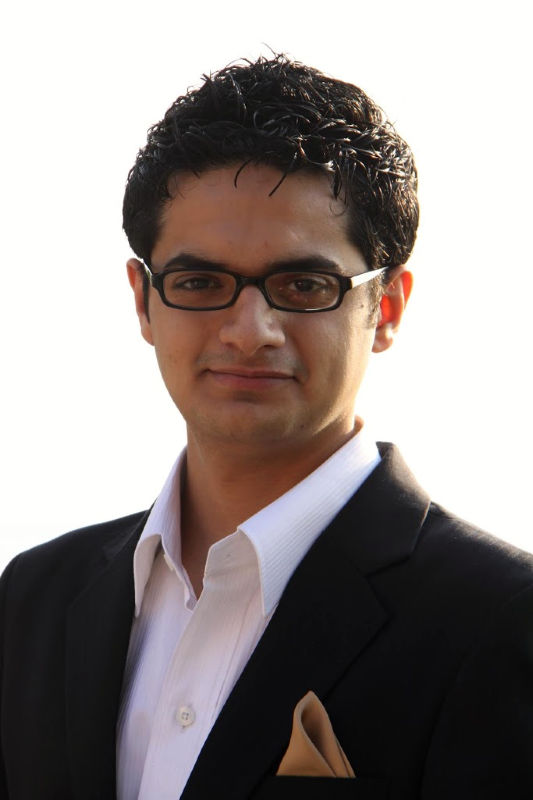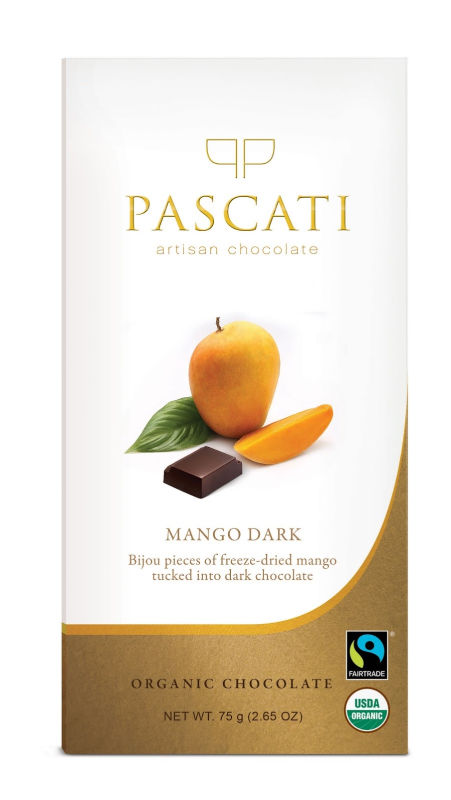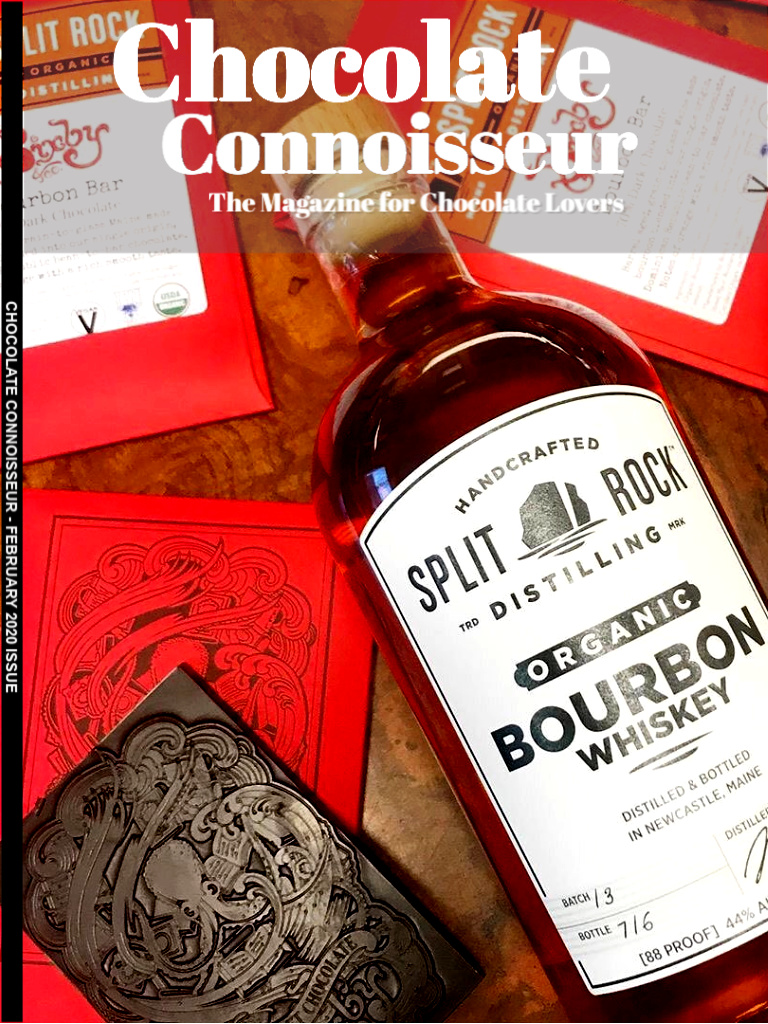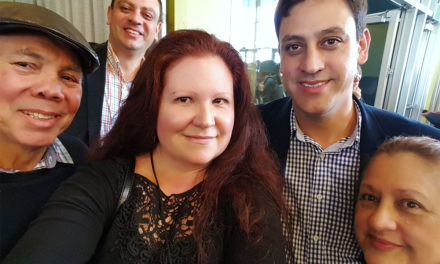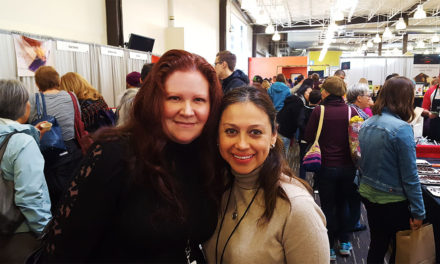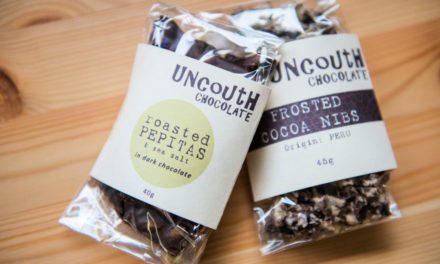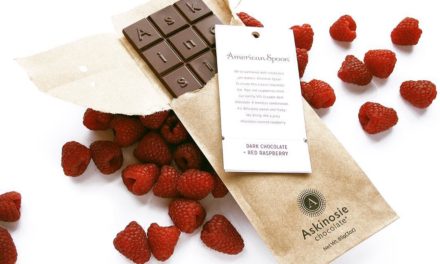Chocolate One-on-One:
Pascati Chocolate
Pascati is a bean-to-bar chocolate maker and India’s first certified USDA organic chocolate. I’ve enjoyed catching up with Devansh Ashar of Pascati at the past two NW Chocolate Festivals in Seattle, WA.
In 2018, Pascati’s Mango Bar (pictured later) was a fan favorite, and at the 2019 show, their PAAN bar was big a stand out as well.
Per Devansh —
“Paan is an Indian after-meal digestif and mouth freshener. It involves a betel leaf with betel nut pieces, candied rose petals, cardamom, dried coconut, dried fennel, flaked lime, etc.
All this is rolled into a triangle in the betel leaf. Ingredients vary in different parts of India”.
Did you know that India grows cacao? Devansh talks about what first interested him to learn more about how chocolate is made, the inspiration behind Pascati’s inclusion bars, and what makes India cacao special in the following interview.
Let’s get started…
Victoria Cooksey (VC): How did you first get interested in making bean-to-bar chocolate? How long have you been making chocolate?
Devansh Ashar (DA): Coming across bean to bar was more out of curiosity and later became my passion. Let me elaborate. I used to consume Cadbury 5Star as a child and was not exposed to the standard Swiss & Belgium chocolates at the time. In my late teens I got to first try Swiss & Belgium chocolates and was hooked onto them.
In December of 2013, my 8 year old nephew was consuming a Cadbury 5Star (mostly made of compound). As I saw my nephew bite into the bar, I asked him to share some with me. He obliged, and instantaneously I compared my experience of consuming Swiss/real chocolates (made with cocoa butter) with what I just had.
It made me wonder, why is real chocolate luscious and melts effortlessly on the palate and why is it that 5Star was so “chewy” and does not melt easily.
This led me to read up on chocolates and how they are made. The topic intrigued me and at the same time I learnt of Chocolate Alchemy & Ecole Chocolat. The idea of making chocolate at home, in a stone grinder, was fascinating. I went to a local market got myself a melangeur and started experimenting.
Pascati has been making chocolates since Jan 2014. The company is formally set up as a manufacturing unit in May 2015.
Left to right, Victoria, Devanshi (Devansh’s wife), and Devansh
VC: What makes cacao from India special?
DA: Cacao from the world over is different. Terroir plays a key role in making cacao from India special. The primary regions that produce fine flavour cacao is Kerala, Tamil Nadu and parts of Karnataka.
These regions experience hot summers, moderately cool winters and heavy rainfall. Farmers here grow cacao as an intercrop, usually planting cacao between two coconut or arecanut trees providing the essential shade required during summer.
Biodiversity on the farms also play a role. Farmers also grow spices and fruits such as, cinnamon, cloves, cardamom, jackfruit, papaya, bananas, pepper etc. This complex melange of terroir leads to a very complex flavour profile making this truly special.
VC: Where do you find the inspiration for your inclusion bars?
DA: Being a part of the hotel industry I have always enjoyed being around food and beverages. Working with hotels like Hilton & Taj I got to see and learn the most current trends in the hospitality space.
Drawing inspiration from the mixing cocktails, a lot of the inclusions are derived from there. Inspiration also comes from classic Indian dessert pairing or remedies.
For example, saffron and pistachio is a classic flavour profile you’d find in most Indian sweets. Lemon and ginger is a remedy for sore throat.
VC: Since starting Pascati how has your thoughts on chocolate/chocolate making changed?
DA: A craft chocolate maker is always learning and experimenting, so yes, my thoughts have changed on chocolate making.
Learning about new processing techniques to best highlight the cacao or experimenting with new flavours/inclusions or recipes.
For example, starting out I was always inclined to use the stone melanger as a refiner and conche and hand temper on marble slab.
However, over time, as you learn from other chocolate makers and your personal experiences, it may not be the best solution for a growing business.
Last year we have included a ball mill and horizontal conche which has drastically improved the mouthfeel and flavour profile of our chocolate.
VC: What does chocolate mean to you?
DA: Chocolate is one of the ways one expresses themselves to enjoy and celebrate life. Like wine and whisky/spirits, chocolate is something one indulges in.
There is hard work put in by the farmer and maker both and one has to read the package or at least know about bean to bar to truly appreciate the final product.
VC: How do you enjoy chocolate on a daily basis? How do you enjoy it on special occasions?
DA: Being in the factory everyday, each batch goes through a taste test 🙂 This is one of the perks of being a craft chocolate maker.
On special occasions I’d normally enjoy a 77% Malabar Hills or an 81% Idukki by itself or paired with a dram of Scotch (Glenfiddich 15yr. or Talisker). A peaty Scotch may overpower the complex notes of chocolate.
VC: As you attend various events, such as the Northwest Chocolate Festival, what has been some of the most unusual or surprising questions about chocolate that you have received from the attendees/audience?
DA: “India grows cacao?”. This is the one question we’ve been asked the most at NW.
VC: What takes a chocolate/chocolate bar from good to great?
DA: I think there are several factors that account for a chocolate being classified great. This includes terroir at the cacao farm, fermentation and drying levels by the farmers, sorting, roast profile, particle size, fat content, percentage of sweetener added, conching and tempering.
When all the parameters are just right does it make an exceptional bar.
VC: Moving forward, what direction would you like to see Pascati grow? What would you want the world to think of when they think of cacao from India?
DA: Pascati is going to focus on various products this year. These include soft-centered bars and bonbons. Focus is also on the gifting season.
Cacao from India is very complex and the flavour notes grow and change over a period of time. Fruitiness hits first and later mild spice notes prevail.
Enjoy it by itself, with a glass of shiraz or a dram of favorite Scotch.
VC: Thank you for this interview, Devansh Ashar!
Click here to visit the Pascati Chocolate website, and click the icons right here to connect with them on social media too.

